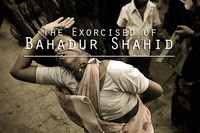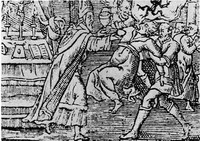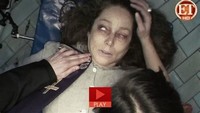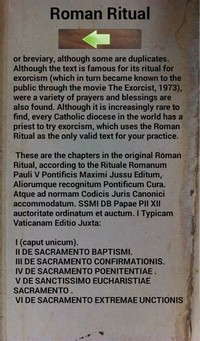Facts about Exorcism

Exorcism has been a popular subject in fiction, especially horror.

The most common use of exorcism in the Church is at the reception of a catechumen—a convert to the church—which is most often included at the beginning of the baptismal rite.

In Africa, shamans (called witch doctors because of the supposed ability to combat witchcraft), often perform exorcisms to cure people of various maladies.

Some denominations hold that any Christian have the authority to perform exorcism, not just the clergy.

The basic means of exorcism are mantra and yajna used in both Vedic and Tantric traditions.

Exorcism (from Late Latin exorcismus—to adjure) is the practice of evicting demons or other evil spiritual entities from a person or place which they are believed to have possessed.

Possession by evil spirits (jinn) or the Devil (Shaitan) and exorcism of those who are wicked at heart is warned about in Islam.

A Buddhist exorcism is performed by a temple's chief priest and his assistant, reading an appropriate sutra (the scriptures of Buddhism) and burning a special incense.

The concept of possession by evil spirits and the practice of exorcism are very ancient and widespread.

Many members of the Islamic clergy caution against the overuse of exorcism, citing that most cases are due to psychological and physical causes mistaken for possession.

The person performing the exorcism, known as an exorcist, is often a priest, shaman, or an individual thought to be graced with special powers or skills.

Exorcism is a popular fictional theme, with the bestselling 1971 novel, The Exorcist by William Peter Blatty), being a prime example.

Some Protestant denominations also recognize possession and exorcism, although the practice is generally less formalized than it is in the Catholic Church.

Many of the cases that in the past which were candidates for exorcism are often explained to be the products of mental illness, and are handled as such.

Anglican exorcisms sometimes take the form of a mass for the dead if it is suspected that the souls suffering in Purgatory are responsible for the disturbance.

Like their Catholic counterparts, Anglican priests may not perform an exorcism without permission from the Diocesan (regional) bishop, and a medical evaluation is also involved.

Around the first century C.E., Jewish sources report of exorcisms done by administering drugs with poisonous root extracts or by making sacrifices.

The ritual involves prayers, blessings, and invocations often with the use of the document Of Exorcisms and Certain Supplications.

Several examples are found in the Hebrew Bible, and the New Testament includes numerous exorcisms among the miracles performed by Jesus.

Exorcisms were reportedly done by the Essene branch of Judaism (Dead Sea Scrolls at Qumran).

Exorcism involves 10 people (including the rabbi) who surround the possessed individual.

The Catholic Church revised the Rite of Exorcism in January 1999, although the traditional rite is allowed as an option.

One example of the contemporary Church's view on exorcism is that of Emmanuel Milingo (born June 13, 1930), who was consecrated by Pope Paul VI as the Archbishop of Lusaka, Zambia in 1969.

